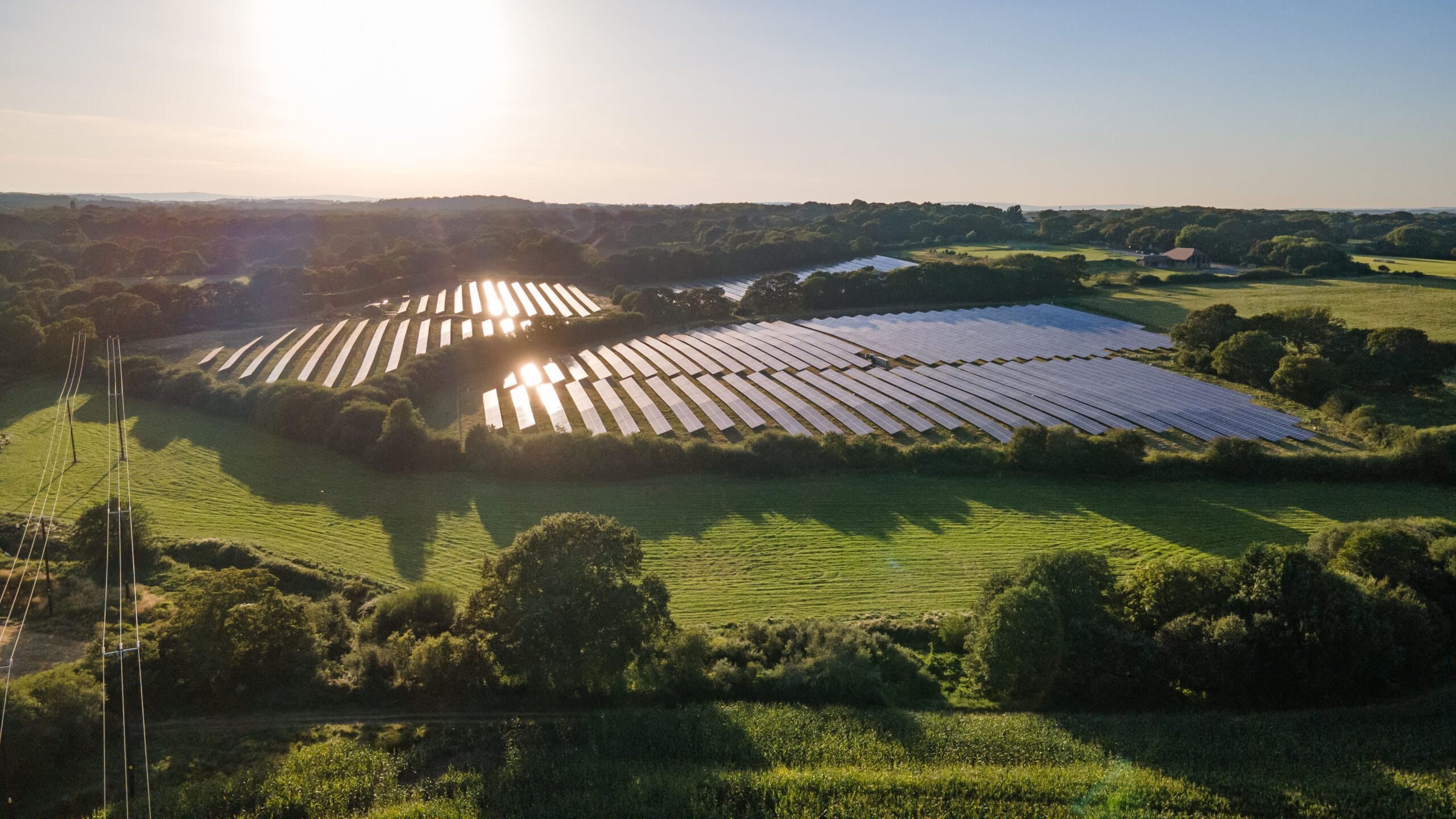Ecological measures aid eel migration
The survival of a critically endangered species is being helped by a programme of innovative engineering improvements managed by Motion. The Lower Severn Internal Drainage Board (LSIDB) must meet the requirements of the Eels (England and Wales) Regulations 2009, which came into force in January 2010. The legislation grants implementation powers to the Environment Agency (EA) and places obligations on all drainage boards, water authorities and private individuals, with respect to water management and abstraction.
Getting the eels in motion
It is estimated that glass eel numbers have fallen across Europe to less than five per cent of levels recorded in the 1980s, prompting action to fulfil EU targets and reverse the trend. One of the main causes of the decline is barriers to access and migration. Around 26,000 watercourse obstructions in England and Wales could currently prevent eels and elvers travelling freely upstream. Of these, about 16,000 are artificial. The obstructions are often water management features, such as locks, weirs and tide gates.
The land drainage pumping stations operated by the LSIDB also form a barrier to eel migration. In order to comply with the regulations, the LSIDB must enable elvers to bypass the pumps when travelling upstream and install fish-friendly pumps at all stations, to allow adult eels to return safely to the River Severn. James Thomas, Civil Engineer at the LSIDB, explains, “We have wide-ranging biodiversity obligations, including weed and drainage channel clearance to maintain water courses. The eels presented a whole new challenge for us, but the innovative pump design will enable them to pass through unharmed.”
Invaluable expertise
Motion is overseeing site surveys, hydraulic modelling, optimisation, and scheme design and specification through to delivery of the works. The company is also obtaining the necessary consents from the relevant bodies and is responsible for tendering and contract management.
Director Richard Bettridge explains, “The solution for each pumping station has been carefully honed through an iterative process. Individual drainage models for each station are established. The models are then verified with actual events, recorded pump responses and flood information, before a number of options can be tested.”
According to James Thomas, “It was a natural fit to engage Motion to manage the design and contract network for this project, as the company’s expertise has proved invaluable to us in the past.” James continues, “We needed to know we were in safe hands with a consultancy experienced in large, complex construction projects.”
 Motion Associate Director Julian Smith adds, “This initiative represents a significant investment of capital by the LSIDB and demonstrates Motion’s expertise in the areas of land drainage, infrastructure design and the management of capital infrastructure projects.”
Motion Associate Director Julian Smith adds, “This initiative represents a significant investment of capital by the LSIDB and demonstrates Motion’s expertise in the areas of land drainage, infrastructure design and the management of capital infrastructure projects.”
The LSIDB has six pumping stations which require upgrading. Work is complete at the first site at Saul, and the preliminary design phase is underway for the second site at Elmore Back. The remaining stations at Wick Green, Lapperditch, Marshfield and Oldbury Naite are scheduled for upgrading over the next two years.
An abridged version of this article first appeared in the Winter 2019 issue of Insight.



